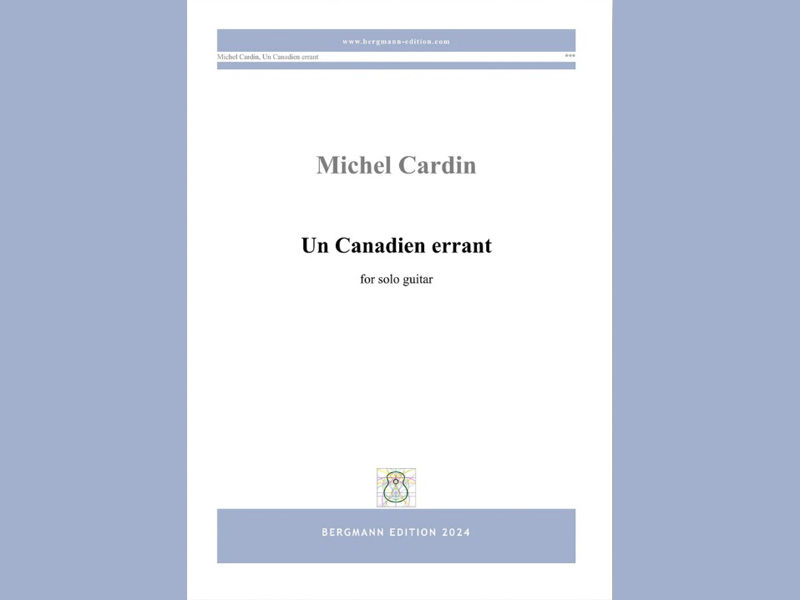Konstantin Bliokh : Sonata No4 ; Wako – shi ‘ : Bergmann
- chrisdumigan
- May 1, 2022
- 3 min read
Updated: Jun 4, 2022

Konstantin Bliokh
Bergmann Edition : 21 pages
Konstantin Bliokh’s 4th Sonata , named after a small town in the Greater Tokyo area ‘ Wako – shi’ is set out in an unusual manner, as the opening movement occurs no less than 4 times in the sonata, firstly at the opening where it is listed as 1a, after which there is a Toccata. Then the opening movement, now called 1b occurs, followed by movement three which is an Adagio. Then there is movement 1c, followed by the fourth movement, Prelude, and finally the Sonata concludes with 1d.Throughout the 1st movements there is a continuous almost Idee Fixe, to quote Hector Berlioz, and this provides the glue that holds the entire four movements together. This is an interesting idea and it really does work as a framework for the entire Sonata.
This first movement 1a is a Lento Rubato, with a spacey, contemplative little theme, sparsely harmonised, firstly by a single open B, and then by various harmonics .Then an Andante, still Molto Rubato, based on some gently dissonant four note arpeggios enters before a return to the opening and then a group of harp – like arpeggios, (with the string crossing there to create that clashing harp effect) closes the movement.
The Toccata that follows begins as a two note alternating idea, before the second note becomes a chord, and then afterwards changes into an arpeggio idea based on the previous harmonies. A 1st and 2nd time closing bar, leads directly to a final Lento con liberta where the movement closes on a bare fifth of C. Movement 1b follows with the idee fixe melody turned into a wide- spread arpeggio, still interspersed with harmonics. The original four note arpeggio idea is now transformed into a varied grouping in three quavers (and occasionally intermixed with two semi-quavers) of the four notes, and the Lento Rubato brings 1b to an end. The Adagio is the longest movement and begins with some four – note chords with a dissonant edge mixed with the harmonics again, before a theme with multiple time signatures, but based on an idea consisting of rising triplets takes over. After a run up the fingerboard, the opening idea returns, slightly varied, after which the triplet theme returns, longer this time and with several changes to the details. The opening chordal idea brings the movement to an end.
1c brings back the original idee fixe with some varied harmonics this time, before a new idea marked Agitato Con brio enters , made up largely of sextuplet semi – quavers before the harp – like string crossing semi – quaver run up the fingerboard brings it to a close.
The fourth movement Adagietto has a constant grouping of 4 semi – quavers as an accompaniment to a treble theme and a bass line all in longer notes.C Major changes to C Minor twice but the styling remains the same, closing finally on a G Major 6th harmony.
The piece closes on 1d, which at first avoids the idee fixe idea, but begins with the four- note arpeggio idea before the idee fixe enters briefly. It then changes into a variation set in 5/4 marked Adagio Pathetico before the harp like arpeggio section, returns three times and brings the entire Sonata to a final close.
The difficulty factor is quite high, but the carefully fingered work does enable interested players to read it through carefully to play it the way the composer intended. It is certainly full of very interesting ideas and some lovely imaginative sections and should appeal to anyone who likes their music modern but not too much so, as there is nothing atonal here!
Chris Dumigan




Comments